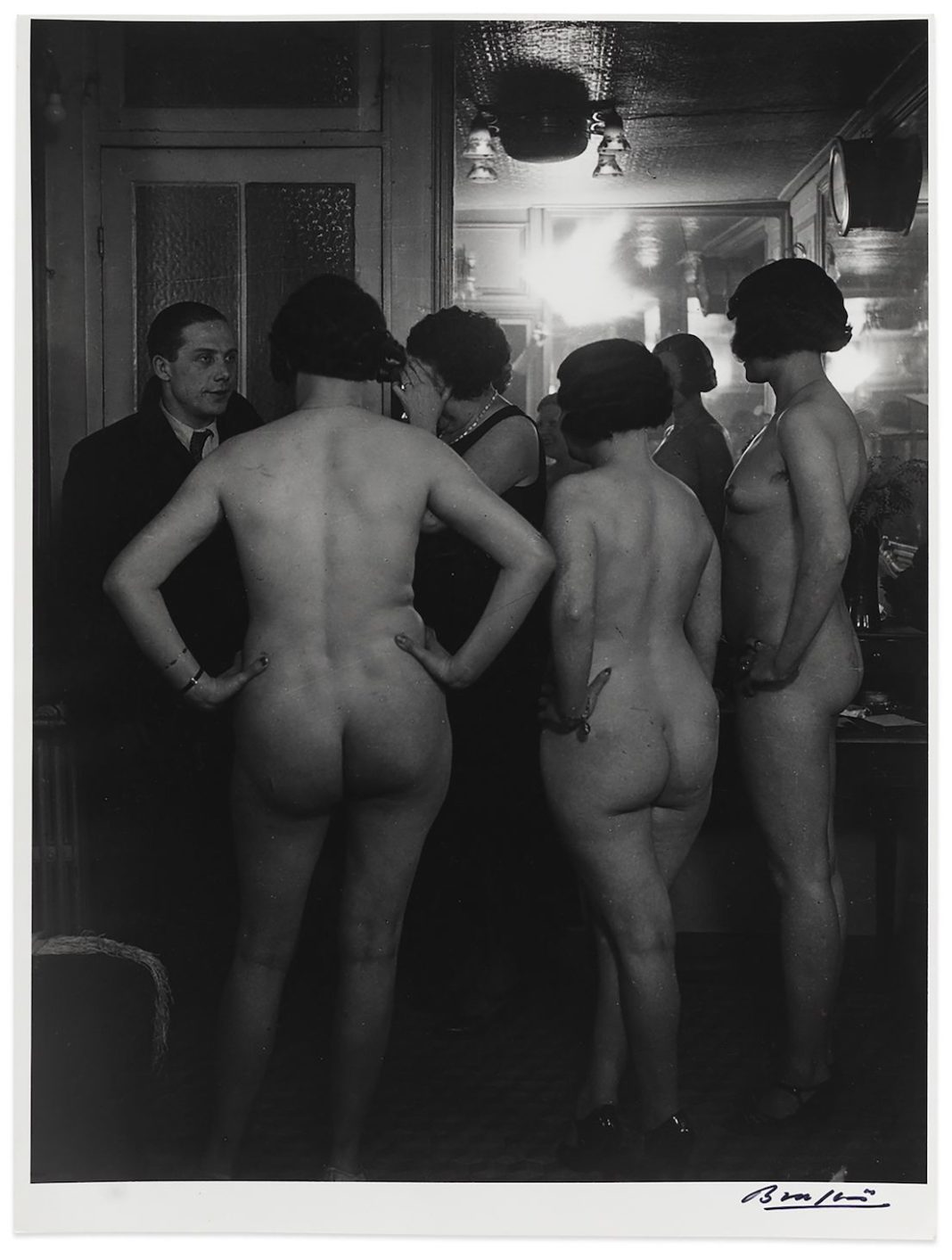From Eugene Von Bruenchenhein’s rapturous paintings to Brassaï’s Parisian underground
GABRIELLA ANGELETI and WALLACE LUDEL18th December 2020 08:00 GMT
Our editors and writers scour the city each week for the most thoughtful, relevant and exciting new exhibitions and artworks on view at galleries, museums and public venues across all five boroughs of New York. This week we recommend:

Eugene Von Bruenchenhein No. 795, April 10, 1959 (1959) Andrew Edlin Gallery
Eugene Von Bruenchenhein: Phantasmagorical Paintings 1957-61
Until 23 January at Andrew Edlin Gallery, 212 Bowery, Manhattan
Eugene Von Bruenchenhein, an Outsider artist from Wisconsin, explored three substantial bodies of work in his lifetime: sculptures, which are primarily either ceramic or made from chicken bones; small, devotional photographic portraits of his wife Marie, which run the gamut from the erotic to the psychedelic, with a wide range in between; and paintings. Von Bruenchenhein began painting in the 1950s, developing techniques using brushes made from his wife’s hair, combs, his fingers, tools from his job as a baker and other idiosyncratic supplies to manipulate paint on masonite. They feel almost biblical, combining in a kaleidoscopic fervor Von Bruenchenhein’s anxieties about global atomic annihilation—as he was painting at the height of the Cold War, when such an apocalypse felt imminent—with his love for organic creatures and the cosmos. Though not exhibited until after his death, today it would be justified to view this oeuvre as a heavy hitter in the long lineage of artworks concerned with the creation and destruction myths of their particular zeitgeist. — Wallace Ludel

Brassaï, Chez Suzy, la presentation (At Suzy’s, introductions) (around 1932-33) © Estate Brassaï – RMN-Grand Palais. Courtesy Marlborough Gallery, New York.
Brassaï
Until 27 February 2021 at Marlborough, 545 West 25th Street, Manhattan
The Hungarian-French photographer and writer Brassaï arrived in Paris in 1924, where he commenced a decades-long focus on capturing colourful and often sinister facets of nocturnal Paris, particularly of the neighbourhoods of Montparnasse and Montmartre, which have historically served as hubs for artistic circles in the city. This exhibition includes 39 photographs from the 1930s provide a voyeuristic glimpse into both Parisian high society and the its underground world, which the artist felt represented “Paris at its least cosmopolitan [but] at its most alive, its most authentic”, he explained in 1976. Among the highlights, the image Chez Suzy, la preséntation (At Suzy’s, introductions) (1932-33) uncannily recreates The Judgement of Paris—the Greek mythological story of a beauty contest between the goddesses Aphrodite, Hera and Athena, which is the subject of artworks by Peter Paul Rubens and other Old Masters—by replacing the subjects with three prostitutes and Brassaï’s bodyguard, who sometimes accompanied him on his nightly excursions. — Gabriella Angeleti

Attributed to Anna Hoffman, Supper at Emmaus (around 1642) Christopher Bishop Fine Art
The Magic of the Draughtsman: Images of the Occult
Until 12 February 2021 at Christopher Bishop Fine Art, 1046 Madison Avenue, Suite 2N, Manhattan
The drawings dealer Christopher Bishop says the esoteric writings of the German art and cultural theorist Aby Warburg—coupled with a growing interest in mysticism and the cosmos—inspired this show of more than 20 Old Master and Modern drawings that explores the connection between art, magic and science, and how artists have conveyed occult and mythological subjects from the 16th to the 20th century. The show includes the only surviving work attributed to Anna Hoffman, a 17th-century Swiss draughtswoman whose contributions to the historically male-dominated field have been largely overlooked. Hoffman’s captivating drawing from around 1642 shows Christ revealing himself to two pilgrims and is inscribed on the verso as made “by Hoffmann’s daughter in Basel”, referring to her father, the painter Samuel Hoffman who trained under Rubens. Other works are populated by mermaids, witches, satyrs and other figures practicing black and white magic, including pieces by John Downman, John Trumbell, Arthur Rackham and others. — Gabriella Angeleti













